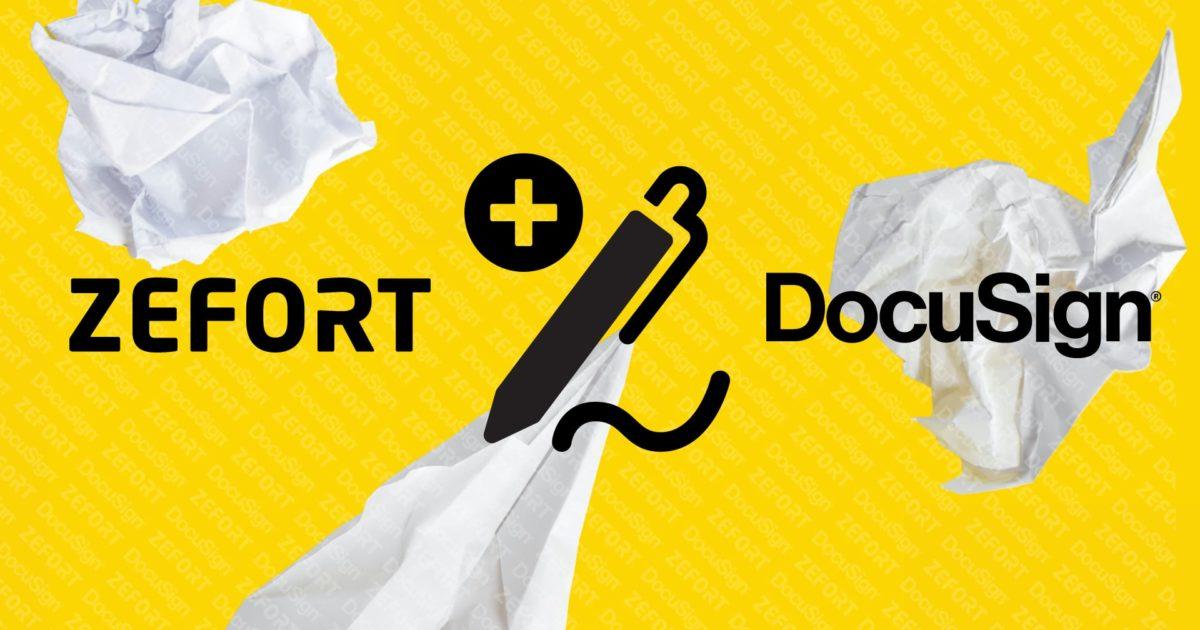The Importance of Contract Management in Procurement: Best Practices and Strategies
In the bustling world of procurement, where deals are made and business relationships are forged, lies an often overlooked but critical process known as contract management. Now, you may be thinking, “What’s the big deal about managing contracts? Isn’t it all about signing on the dotted line?” Oh, my dear reader, if only it were that simple.
Contracts hold the key to successful procurement endeavors, laying out the terms, conditions, and obligations that ensure both parties involved meet their commitments.
In this article, we’ll unravel the mysteries of contract management, delve into best practices, and explore strategies that will pave the way to procurement glory. Prepare to embark on a journey through the realm where contracts come alive and play a pivotal role in shaping the destiny of businesses.
Understanding Contract Management in Procurement
Contract management is a crucial aspect of procurement. It involves the administration and oversight of contracts to ensure that both parties fulfill their obligations. Without effective contract management, businesses may face costly disputes, delays, and potential breaches. A comprehensive contract management process includes drafting clear and detailed contracts, regularly monitoring performance, and addressing any issues that arise promptly.
For example, a manufacturing company that relies on suppliers for raw materials needs to closely manage the contracts to avoid disruptions in the supply chain. By implementing efficient contract management practices, businesses can minimize risks, increase efficiency, and maintain positive relationships with suppliers.
Importance of Effective Contract Management
Ensuring Compliance and Mitigating Risks
Ensuring compliance and mitigating risks are vital aspects of contract management in procurement. By implementing robust processes and controls, organizations can prevent breaches and costly legal disputes.
For example, conducting thorough due diligence on suppliers helps identify any potential red flags before entering into contractual agreements.
Enhancing Supplier Relationships and Performance
Collaborating closely with suppliers can lead to a more efficient supply chain, cost savings, and improved product quality. By fostering open communication and trust, buyers can gain insights into supplier capabilities and potential risks. Regular performance evaluations and feedback sessions can help identify areas for improvement and ensure mutual growth.
For example, implementing key performance indicators can help track and measure supplier performance, allowing for targeted interventions when needed. Building strong supplier relationships can ultimately enhance contract management outcomes and yield competitive advantages.
Best Practices for Contract Management in Procurement
Clear and Precise Contract Terms and Conditions
Clear and precise contract terms and conditions are vital in contract management for procurement. These terms ensure that both parties involved understand their rights and obligations, minimizing potential disputes and misunderstandings. By clearly defining the scope of work, delivery timelines, payment terms, and dispute resolution mechanisms, the contract becomes a valuable tool for managing risks and ensuring successful outcomes.
For example, including specific performance metrics and penalties for non-compliance provides accountability and incentivizes suppliers to meet their obligations. It is important to avoid ambiguous language or overly complex clauses to maintain clarity and facilitate effective contract administration.
Thorough Contract Review and Approval Processes
Thorough contract review and approval processes are necessary for effective contract management in procurement. By examining contracts with attention to detail, potential risks and legal issues can be identified and mitigated. This ensures that negotiated terms and conditions align with organizational goals and regulatory requirements.
For example, reviewing contractual language related to delivery schedules and payment terms can help prevent costly delays and disputes. By establishing structured approval processes, involving multiple stakeholders with diverse expertise, organizations can enhance contract accuracy and minimize errors, leading to successful procurement outcomes.
Effective Communication and Collaboration
Effective communication and collaboration are vital for successful contract management in procurement. Clear and timely communication between all parties ensures that expectations, requirements, and deliverables are understood. Regular collaboration enhances problem-solving and decision-making processes, allowing teams to quickly address issues and find optimal solutions.
Implementing Contract Management Technology
Implementing contract management technology can significantly streamline procurement processes and improve overall efficiency. By digitizing and automating contract management workflows, organizations can reduce manual errors and delays, enhance visibility and control over contracts, and ensure compliance with legal and regulatory requirements.
For example, contract management software can automate the generation, negotiation, and approval of contracts, eliminating the need for manual paperwork and repetitive tasks. It can also provide real-time monitoring of contract performance, enabling proactive decision-making and risk mitigation.
To successfully implement contract management technology, organizations should define their specific requirements, choose a user-friendly solution that aligns with their needs, and provide thorough training and ongoing support to end-users. Regular reviews and updates are also crucial to ensure the technology remains effective as procurement processes evolve.
Strategies to Improve Contract Management in Procurement
Establishing Standardized Contract Templates
Establishing standardized contract templates is a fundamental aspect of effective contract management in procurement. These templates provide a framework that ensures consistency and clarity in contracts, streamlining the process and minimizing ambiguity. By having predefined sections and clauses, organizations can expedite negotiations and reduce the risk of disputes.
For example, a standardized template might include standard terms and conditions, payment terms, and dispute resolution mechanisms, all of which can be tailored to specific transactions. Implementing standardized contract templates enhances efficiency, saves time, and improves overall contract management practices.
Strengthening Supplier Evaluation and Selection
To strengthen supplier evaluation and selection in contract management, consider the following strategies:
- Implement a thorough evaluation process: Develop a standardized evaluation framework that assesses suppliers based on criteria such as quality, reliability, and cost-effectiveness.
- Conduct comprehensive supplier assessments: Go beyond looking at supplier capabilities and analyze their financial stability, reputation, and track record to ensure a reliable partnership.
- Utilize data analytics: Leverage technology to analyze data on suppliers’ performance, market trends, and industry benchmarks, enabling informed decision-making.
- Seek feedback from stakeholders: Consult with internal teams, end-users, and other stakeholders to gather insights on supplier performance and potential improvements.
- Foster continuous improvement: Establish mechanisms to monitor and review suppliers throughout the contract to identify areas of improvement and ensure they meet evolving project needs.
By implementing these strategies, organizations can enhance their ability to effectively evaluate and select suppliers, ultimately improving procurement outcomes.
Continuous Contract Performance Monitoring
By regularly monitoring contract performance, organizations can identify and address any issues or non-compliance promptly, reducing the risk of financial losses or legal disputes.
For example, through monitoring, an organization may discover that a supplier is consistently delaying deliveries, allowing them to take appropriate actions to rectify the situation or find an alternative supplier.
Summary
With the complexity and volume of contracts involved in procurement processes, implementing best practices and strategies can significantly enhance operational efficiency and mitigate risks. Key areas of focus include contract creation, negotiation, execution, and monitoring.
Proactive management, clear communication, and regular reviews are essential for establishing strong supplier relationships, ensuring compliance, and maximizing value from contracts. By adopting a systematic and holistic approach to contract management, organizations can mitigate risks, reduce costs, and optimize their procurement processes.





